
This week marks the tenth anniversary of Hurricane Katrina, which made landfall in Louisiana on August 29, 2005. Katrina’s impact was broad, devastating, and in some ways unpredictable – it killed well over a thousand people, upended the lives of many thousands more, reshaped the politics of Louisiana, did more than any other single event to wreck the second term of George W. Bush, spawned a vast variety of myths perpetrated by the media, and perhaps – as Jamelle Bouie argues – sowed the seeds of African-American disillusionment and pessimism that we still see today.
It also did more than any other event to make the political career of Bobby Jindal, then a Congressman and now a Presidential candidate in his eighth and final year as Governor of Louisiana. Unfortunately, the progress of Jindal and other crisis-tested leaders thus far in the march to next spring’s GOP presidential primaries suggests that we have forgotten too many of the lessons of Katrina and its political aftermath.
One Man Against The Storm
Jindal, as you may recall, had lost the 2003 Governor’s race to Kathleen Blanco, an utterly unremarkable Democratic machine hack who parlayed unease with Jindal’s race and youth (he was 32) into the Governor’s mansion, while Jindal had to settle for running for Congress (where 2005 saw him serving the first of his two terms).
When Katrina hit the Gulf Coast, it caused massive damage from Florida to Texas, especially in the Gulf regions of Mississippi – but nobody else was nearly as hard hit as New Orleans, owing to the failure of the Army Corps of Engineers in designing the below-sea-level Crescent City’s levees, which flooded the city. Despite warnings that flooding from overtopped levees was a real risk, the level of flooding from the breaches due to design failure caught every level of government flat-footed, and overwhelmed agencies like FEMA that had not performed that badly along the rest of the coast.
A full accounting of the performance of various agencies and the media’s irresponsible falsehoods is beyond the scope of this essay (you can go back to my blog’s archive on the crisis); for a brief summary, you can read this excellent 2006 essay by Lou Dolinar. While some of the key federal and local first responders (the Coast Guard, the National Office of the National Guard, and the New Orleans Fire Department) performed heroically, FEMA and its head Mike Brown became a national watchword for failure, doing enormous damage to Bush (“heckuva job, Brownie”), who looked detached and far from the commanding, on-the-spot presence he had been after 9/11. Brown in Politico today offers an unconvincing apologia for his performance, although he does rightly blame Blanco and New Orleans Mayor Ray Nagin for making his job impossible.
While the national narrative was focused on Bush and Brown, people in Louisiana knew the truth: the federal government’s failures paled in comparison to the paralysis, lassitude and incompetence of Blanco and Nagin, who were much more responsible for the breakdown in order and public services. The fact that things went so much worse in New Orleans than in Mississippi or Florida should have been a sign that the real problem was local, although of course we instead got people like Kanye West – and those whose views are discussed by Bouie today – assuming the issue was racism by the Bush Administration, not incompetence by the Democrats elected with the support of the voters of New Orleans. (Never mind that even Donna Brazile today praises Bush for his approach to rebuilding after Katrina).
Anyway, while everyone else was flailing (or, in the case of Democratic Congressman William Jefferson, commandeering federal resources to rescue bribe cash and other incriminating evidence from his house), Congressman Jindal stood out as cool under fire. As Quin Hilyer sumnmarizes:
Jindal and his staff were a whirlwind of constructive, effective activity. They cut through (or just ignored) bureaucratic red tape, helped connect searching family members with their missing loved ones, gave names and addresses of stranded residents to rescuers, and in sundry other ways showed a rare command of crisis management. The contrast between Jindal’s competence and Blanco’s paralysis played a significant role in Jindal’s landslide election as governor two years later. Jindal followed, as governor, by doing similarly good jobs (albeit less dramatic) managing responses to Hurricanes Gustav and Isaac and to the BP oil gusher.
Ben Domenech sketched the scene back in 2007:
A few days after the storm, there was a meeting of the Louisiana principals. Blanco was there, FEMA’s soon-to-be-infamous Michael Brown, a handful of Congressmen, and every local political staffer worth shaking a stick at, and some not even worth that. It was supposed to start at Noon. At 12:30, it still hadn’t. People were milling around, chatting, giving quotes to reporters.
Jindal surveyed the room for a few minutes. Then he saw Blanco and the others pause to look at a television in the corner—it was footage from another press conference they’d had the previous day, broadcasting on CNN. The politicians all stood around, watching themselves on the screen.
Jindal turned to his chief of staff, and said, “Let’s go.”
They climbed into a Ford Excursion and took off looking for what they could do to help. They started with Harry Lee, the infamous Sheriff of Jefferson Parish….Jindal and his staff found Lee exactly where they expected him to be: eating in a local diner, his unofficial office, powered by generators. Jindal asked him what he and his officers needed. Lee said he needed nothing, of course—but he had a helicopter to spare. Why not put it to use? So Bobby climbed in and headed to the St. Bernard parish, where Sheriff Jack Stephens gave them a list of what he needed.
1. Trucks
2. Medical Supplies
3. Water
4. Guns
5. Ammo“I’ll see what I can do,” Jindal said. Lee took care of the numbers 4 and 5—the congressman got the rest.
Before the storm, Michael Brown and the folks at FEMA had told Jindal that they had “resources in place” to respond to the storm, organized and ready to move in with water, food, and clothing in the event the levees broke (though no one really considered such a possibility). Now, these resources were nowhere to be found. Calls to FEMA on the Sat-phone produced nothing at first, followed by lousy excuses.
“Where are the trucks? Where are the medical supplies? Where’s the food?” Jindal and his staff asked.
“Well, we don’t think it’s safe enough to send them in,” was the reply.
An idea: why don’t they give the food, the supplies, everything, to the National Guard. After all, they have guns. If crazed looters try to take the goods, the Guard can, you know, shoot them.
Such an action isn’t authorized here, FEMA responded. The supplies sat where they were for days.
Jindal’s office had set up a hotline number, with the number broadcast over the radio airwaves, for anyone who needed help to call. The calls ranged the full gamut, from the expected to the shocking—from no power, to missing children, to medical supplies needed, to “I’m stuck in my attic with a cell phone and a radio. Please come and save me.”
They had a helicopter pilot call in. He had his helicopter, gassed up and ready to go. But he wanted authorization to go in and save people.
Jindal’s staff called FEMA—they said it was a military issue. They called the Marines—they said it was an issue for the Department of Transportation. They called the DOT—nobody knew who to ask.
Jindal called the helicopter pilot back. “Go in.”
“You got me authorization?” the pilot asked.
“Yeah, I’m giving you your authorization right now.”
Read the whole thing for the full story. When Jindal was elected Governor, he put the same approach into practice in Hurricane Gustav, except this time with a lot more resources at his disposal:
For several weeks in 2008, Jindal’s staff members lived out of the state emergency operations center monitoring Gustav, then Hurricane Ike and both storm recovery efforts. Three short years after Hurricane Katrina, it was important to the Jindal administration to get Gustav right. With 2 million people leaving the Louisiana coast, it was the largest hurricane evacuation in history….The pace was of the Gustav response was relentless. Stephen Waguespack, then serving as Jindal’s policy director, ended up sleeping on a table at the operations center in Baton Rouge, despite having a home just a few miles away. He and others were just trying to keep up with the governor.
“He doesn’t get tired. He doesn’t require a lot of food. And he doesn’t get mentally fatigued very easily,” Waguespack said. “He can work 20-hour days and doesn’t need a lot of sleep.”
At early morning meetings, staff had to be able to rattle off granular information about recovery efforts off the top of their heads. Jindal didn’t just want to know if water had arrived at a shelter. He wanted to know how many bottles of water had arrived at each shelter and how long they had taken to get there. The governor is -– above all else -– driven by metrics, said several staff members.
Jindal has an uncanny ability to keep dozens of facts and figures straight in his head. So if you weren’t prepared or got a number wrong when he called on you, he noticed.
As that NOLA piece goes on to note, not everything got done right in Gustav – but the people who failed Jindal, he fired, as a leader must be prepared to do. And he brought the same hands-on approach and willingness to battle federal red tape to his response to the 2010 BP oil spill, in which he frequently butted heads with the Obama Administration, to his annual budget fights, and to rebuilding the New Orleans school system after the storm.
Ideas Don’t Run For President, People Do
One of the crucial lessons of Katrina is the political and policy importance of executive leadership in a crisis. From a political standpoint, Bush lost a lot of the reputation he’d built after 9/11 as a crisis leader by waiting too long to go to New Orleans, seeming unaware of FEMA’s breakdowns, and lacking the will to force local leaders who weren’t getting the job done to step aside and let him take over. From a policy standpoint, Blanco and Nagin’s failures – and Brown’s, by extension Bush’s – compared to what Jindal did in Gustav and Hurricane Isaac showed how the person in charge can make a difference. (As I noted in 2009, Bush would have been castigated but ultimately vindicated if he’d just unilaterally sent the National Guard or the military in earlier to restore order).
In choosing nominees and ultimately the next President, we have a lot of other considerations, ranging from ideas to electability. Some others of those may yet come to the fore – I myself, while I still prefer Jindal, may yet end up backing [mc_name name=’Sen. Marco Rubio (R-FL)’ chamber=’senate’ mcid=’R000595′ ], a first-term Senator with no real executive experience but the political talent that may make him the GOP’s best hope to win the general election. But with all the attention given to political amateurs with no experience running anything in a crisis (Donald Trump, Carly Fiorina) or at least anything larger than a surgical team (Ben Carson), to legislators with no executive experience (Rubio, [mc_name name=’Sen. Ted Cruz (R-TX)’ chamber=’senate’ mcid=’C001098′ ], [mc_name name=’Sen. Rand Paul (R-KY)’ chamber=’senate’ mcid=’P000603′ ], Rick Santorum, Lindsay Graham), or to people who have proven records as failures in crisis (Hillary Clinton), maybe we are forgetting this important aspect of the job. Jindal is not the only candidate in this race who can claim to be a “Master of Disaster” – we noted Rick Perry’s record last time around, one can point to Scott Walker’s ability to handle political crises, and several of the other GOP Governors have strong records in this regard, from Jeb Bush (Katrina and several other hurricanes on his watch) to Chris Christie (Sandy) to even the also-also rans George Pataki and Jim Gilmore (9/11, although Pataki’s calm steadiness after 9/11 was made easier by playing third fiddle behind the local leadership of Rudy Giuliani and the national leadership of President Bush).
But the next President will have to handle any number of moments of peril and stress that we cannot even foresee today. It would be good to have someone who has been tested by fire and passed. This is not the only reason, in my view, why Republican primary voters ought to be giving a longer look at Bobby Jindal than they have, but it’s an important one. The man has passed the test.

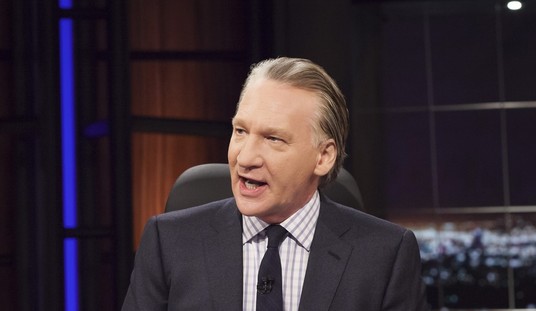
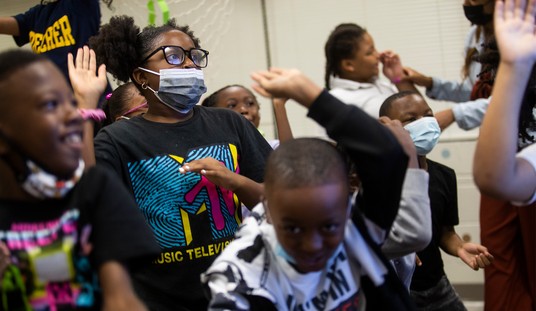

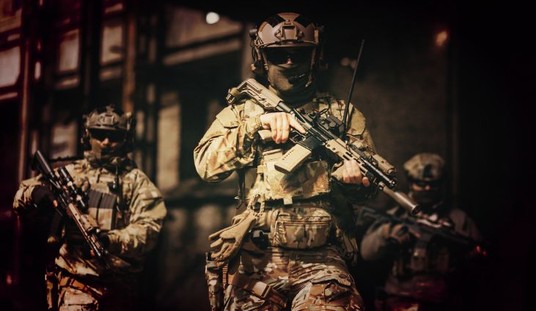

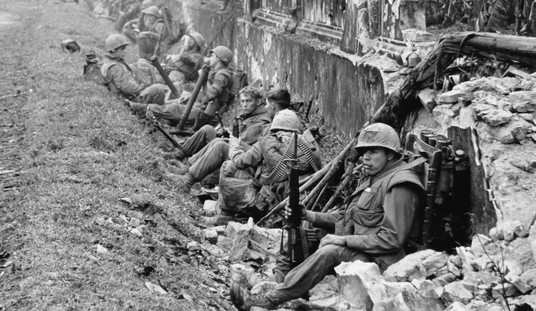

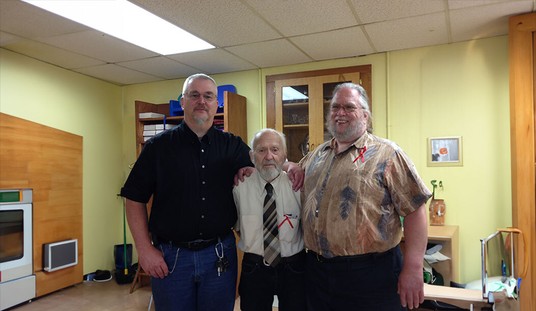
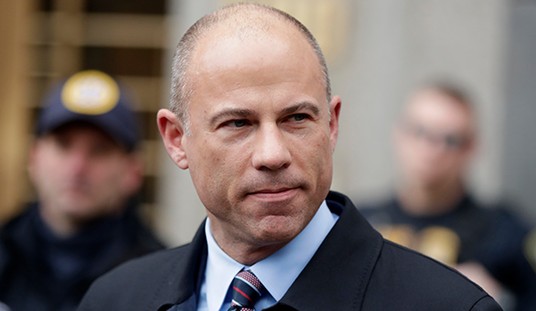
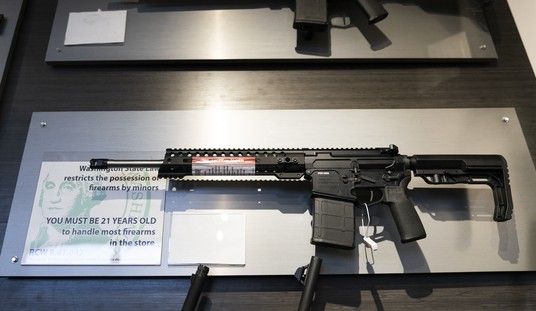
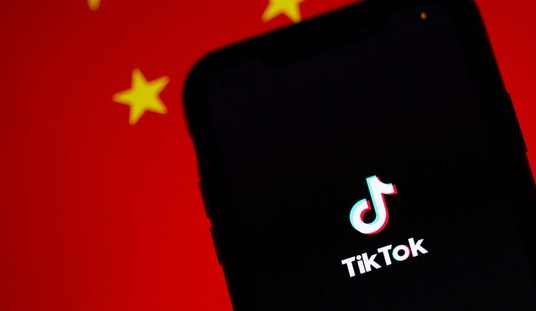
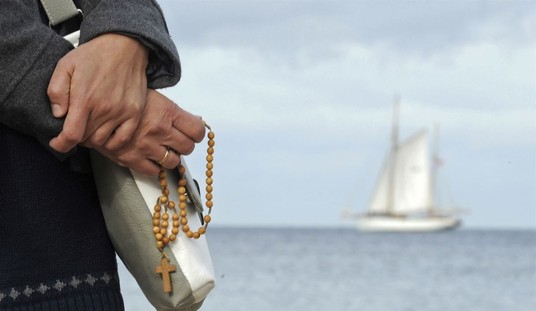
Join the conversation as a VIP Member